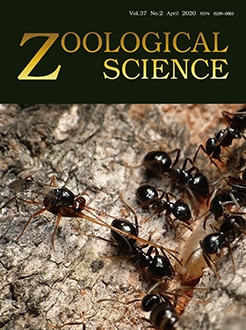In the present study, we observed that Leptinaria unilamellata responds to changes in microclimatic conditions through shifts in shell morphology. Over three laboratory generations, shell differences between two populations, representing distinct morphotypes, became less evident. Only F1 generations from both populations showed shell morphometry very similar to the field parental snails, suggesting maternal effect. Snails from the locality with higher values of rainfall, relative humidity and evaporation index and smaller values of temperature and insolation produced more and larger hatchlings. Snails from the locality with less favorable climatic conditions presented shells traits that offer protection against desiccation, but reduce reproductive success. These snails showed smaller offspring production and faster response to a desiccation regime, through changes in conchiometrics. In addition, the results of the present study suggest that the spire index plays a less important role in determining protective properties of the shell of L. unilamellata, in response to desiccation risk, compared to aperture dimension. As shell aperture dimension is an important trait related to resistance to desiccation, and at the same time to reproduction, plastic responses to environmental conditions promoting the balance between survival and reproductive success are critical for the species adaptive success.
How to translate text using browser tools
6 April 2020
Responses of Leptinaria unilamellata (Gastropoda: Subulinidae) to Novel Micro-Environmental Conditions: Shift in Shell Morphology and the Balance between Protection against Desiccation and Reproductive Success
Raquel Seixas Resende,
Simone Jaqueline Cardoso,
Sthefane D'ávila
ACCESS THE FULL ARTICLE

Zoological Science
Vol. 37 • No. 2
April 2020
Vol. 37 • No. 2
April 2020
morphological variability
reproduction
shell plasticity
shell shape
terrestrial molluscs




